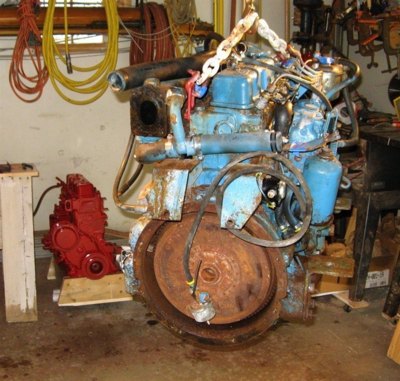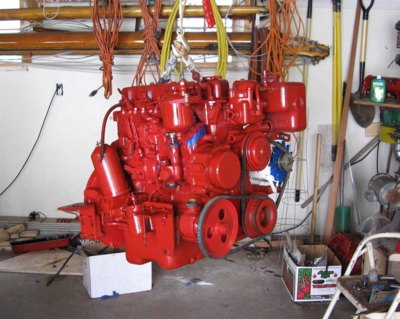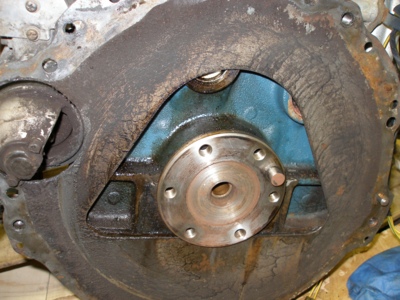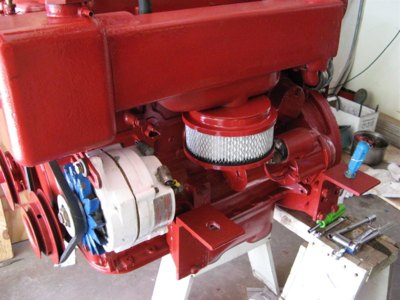Thanks Al. So if I have no reason to remove the timing assembly (don't know why I would), it sounds straight forward. I may look into some help from a local diesel mechanic at the boatyard for this.asavage wrote:[
Changing the IP as an assembly, complete with governor and timer assy, should be a snap. Make certain that your existing IP mounts to the timing cover with four studs & nuts. I would expect the swap to be merely nuts & bolts, with the important exception of removing the Timer assy. from the front of the IP. It must be removed to get the IP off, and there's a special tool to do the job. I've never used the tool, but I thought I'd warn you anyway.
I don't know if the governor at the rear of the IP can be interchanged, but I think there is a good possibility that it could be. Members Galen and zen have more experience at this detailed level than do I.
To this point alone, it's been a long journey. I'm pretty well set with writing the check for the used engine. He'll need a week or so to remove so I don't expect to get started for two weeks.
I still know the used engine carries a risk but I think this makes sense in my case. After looking into rebuilding, I was less confident the more I looked into it. And the price was getting high enough to make me look at a new engine. At that point, I'd be approaching what I have in the boat total.
I'll be just as happy with a good used one and look forward to learning more about the engine in the process. After all, my boats almost 50 years old, that's one of the reasons I like it. I'm also looking for a shop manual, thanks for pointing the reprint on ebay.








